In Brazil, a country that has the world's largest rain forest and thus has one of the richest bird diversities in the world, you might think the national bird of this South American country must be striking in its appearance.
You have every reason to believe so. Some of the most exotic birds in Brazil are indeed very colorful.
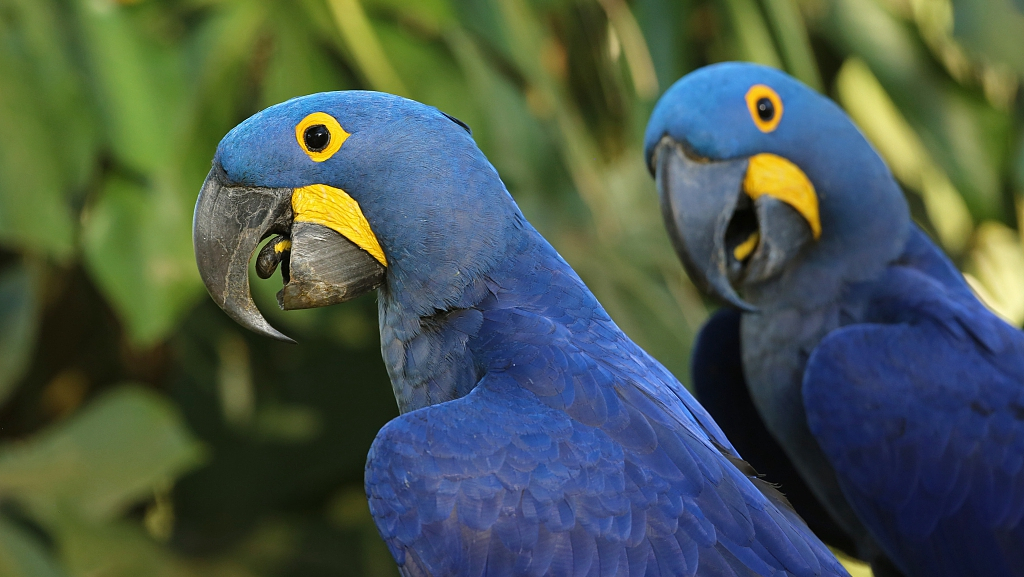
Hyacinth macaw. /VCG Photo
Hyacinth macaw. /VCG Photo
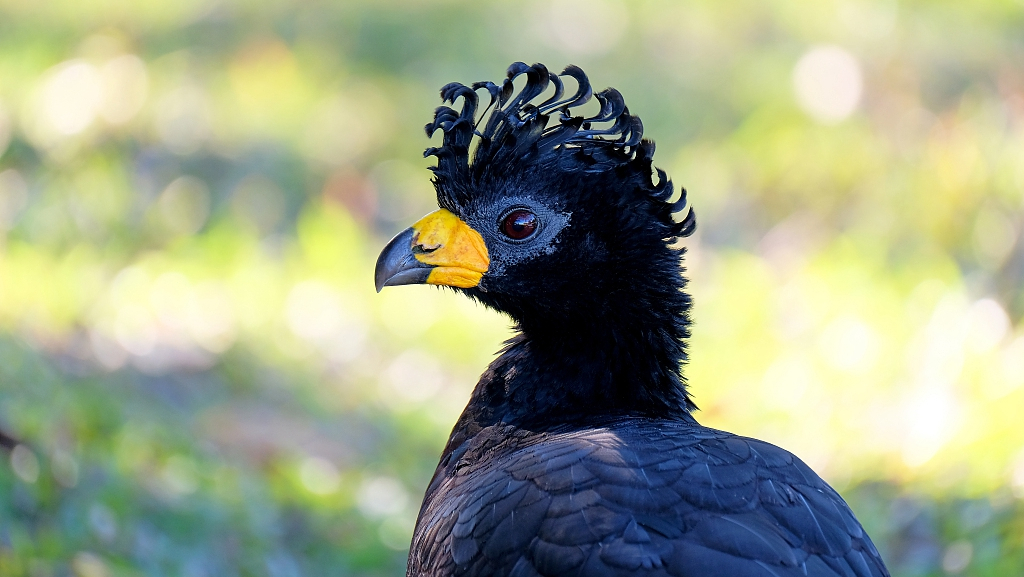
Bare-faced curassow. /VCG Photo
Bare-faced curassow. /VCG Photo
The truth is the Brazilian national bird – the rufous-bellied thrush – is quite common in its eastern and southern areas, but that does not stop the bird from being respected by local people.
The bird is mostly grey, except for its reddish-orange belly.
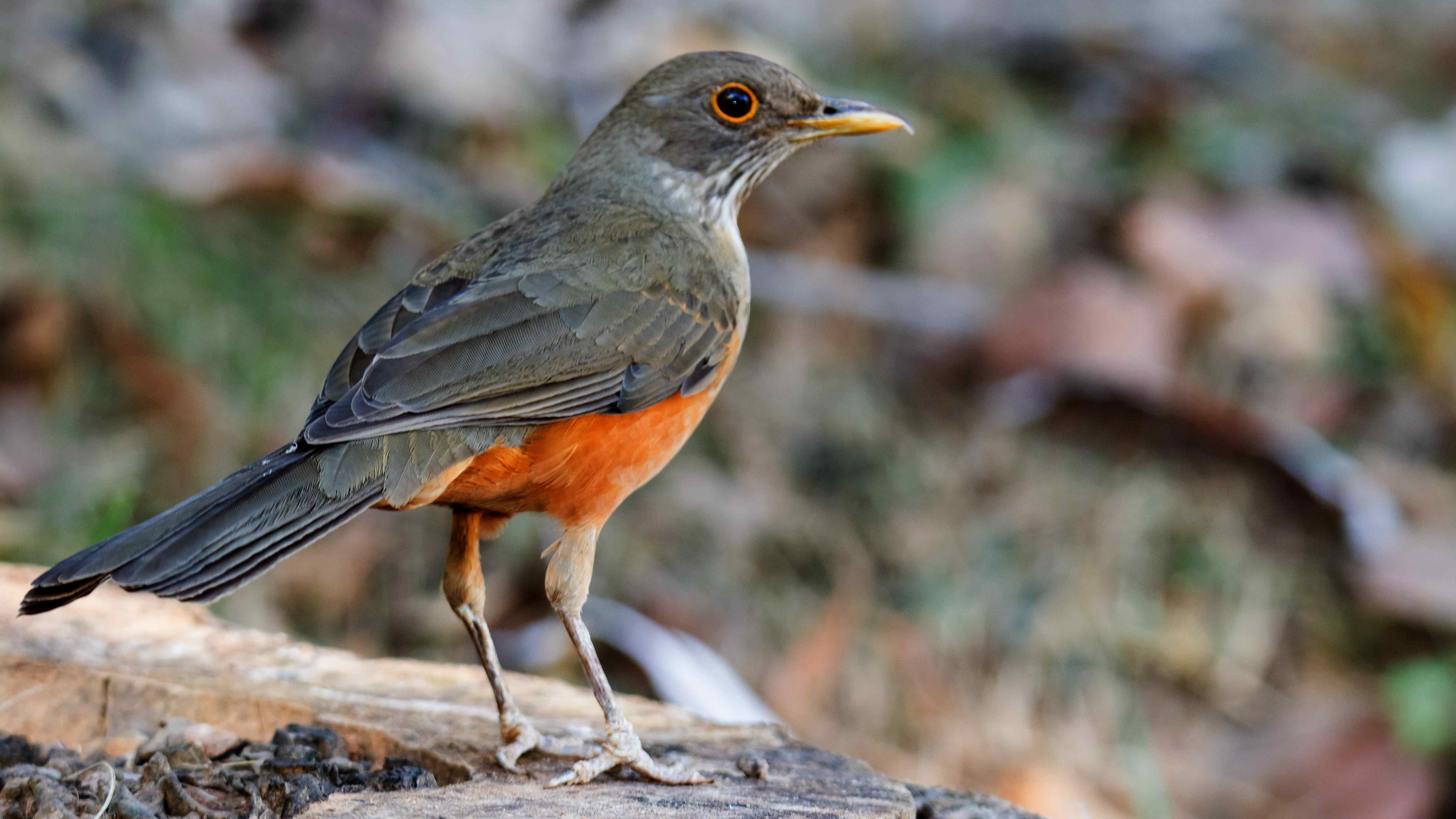
Rufous-bellied thrush. /VCG Photo
Rufous-bellied thrush. /VCG Photo
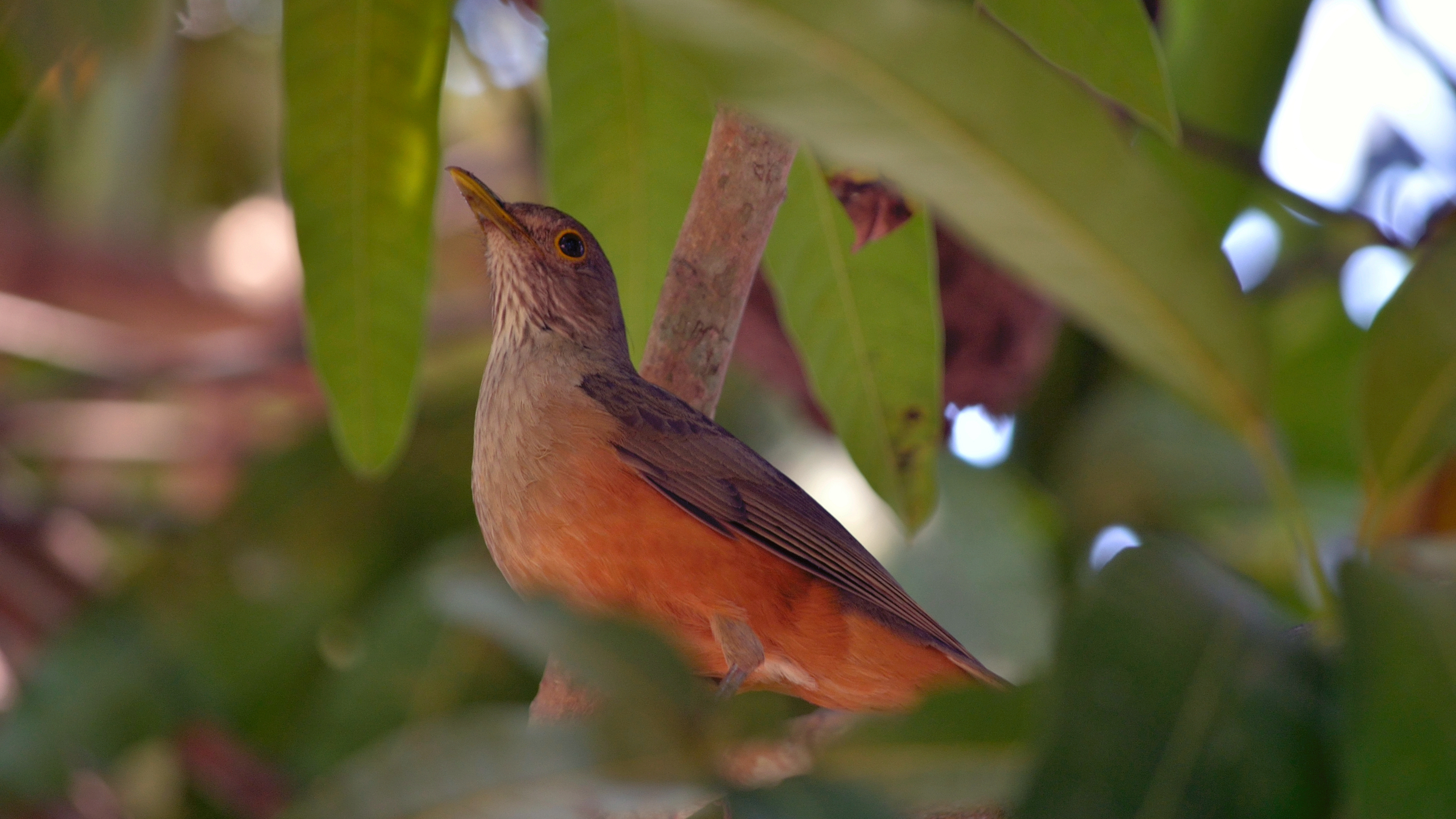
Rufous-bellied thrush. /VCG Photo
Rufous-bellied thrush. /VCG Photo
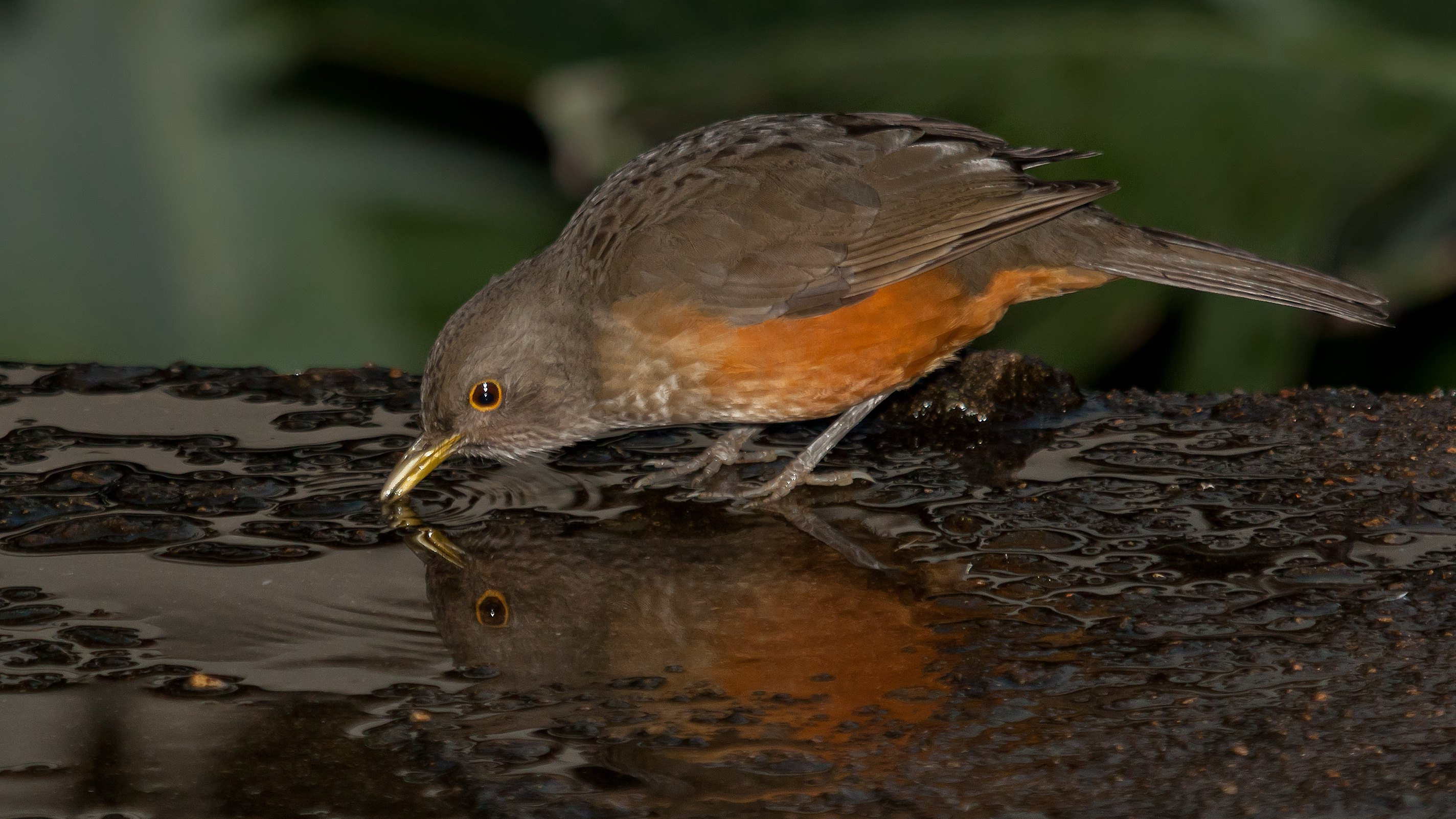
Rufous-bellied thrush. /VCG Photo
Rufous-bellied thrush. /VCG Photo

Rufous-bellied thrush. /VCG Photo
Rufous-bellied thrush. /VCG Photo
The thrush family contains many bird species known for their songs, and the rufous-bellied thrush is one of them.
Usually, the singing starts in the afternoon till the next morning, especially in summer when thousands of them sing together till sunrise.
Brazil's official website for its national symbols introduces the bird as "a renowned songbird, valued for its sweet melody".
But the lovely voice is also a curse, as the birds became a favorite pet and cage-bird. Fortunately, since 2002, many efforts have been made to stop the illegal buying of the species.
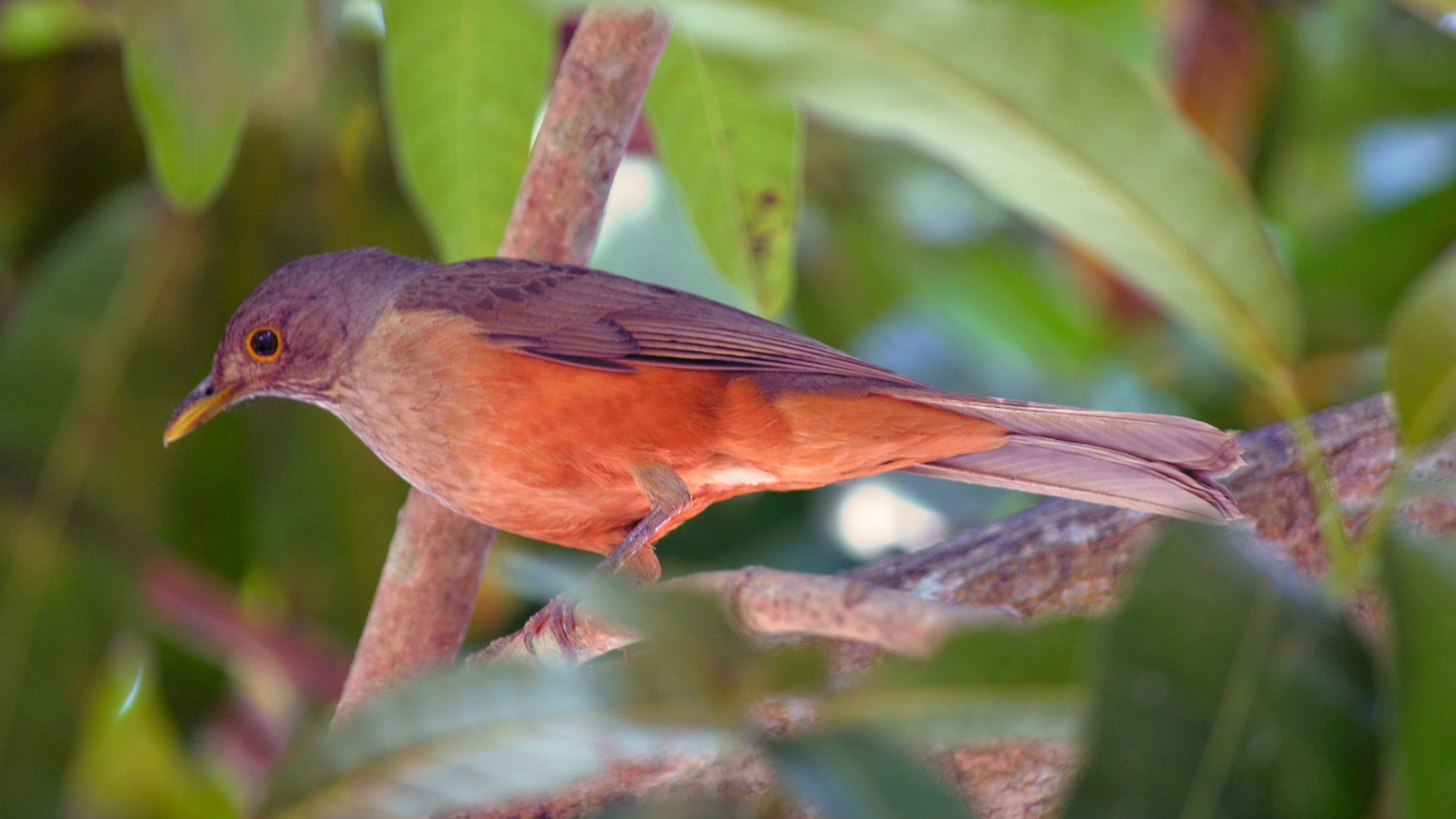
Rufous-bellied thrush. /VCG Photo
Rufous-bellied thrush. /VCG Photo
Very adaptable, the bird can live in open forests, agricultural land, and even lawns or gardens in urban areas, feeding on insects, spiders and fruits.
For years, it has been celebrated in both Brazilian literature and music, including in several very famous Brazilian poems and songs.
As a result of its popularity, the first proposal to name the bird as the national symbol was put forward in 1968, and after it gained wide support, the official announcement was made in October 2002.
(If you want to contribute and have specific expertise, please contact us at nature@cgtn.com。)